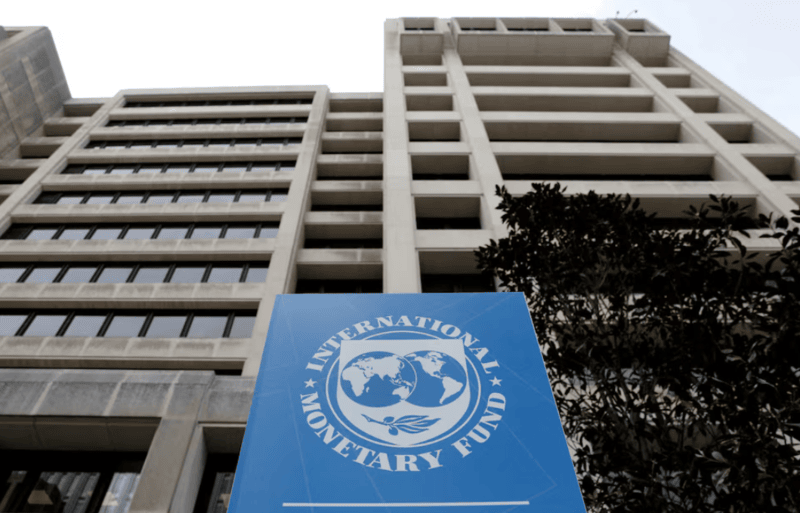Pushed to the wall, Kenyans take up more loans as savings diminish

By Alfred Onyango |
Out of the total households surveyed, the trend shows a 7.9 per cent dip in the savings culture of Kenyans from 2021, the previous survey period, to date.
Kenyans are arguably facing increasing financial pressures as a survey report reveals a concerning trend in the country's saving culture and loan appetite, amidst constrained household disposable incomes.
The '2024 FinAccess Household Survey' by the Central Bank of Kenya (CBK), the Kenya National Bureau of Statistics (KNBS) and the Financial Sector Deepening Trust Kenya highlights a significant decline in savings habits this year.
Keep reading
It says savings among Kenyans have declined for the first time since 2009, attributable to financial constraints and loss of income.
Out of the total households surveyed, the trend shows a 7.9 per cent dip in the savings culture of Kenyans from 2021, the previous survey period, to date.
In real-figure terms, 68.1 per cent of the respondents noted having savings either in banks or in mobile money and other informal savings.
This compared to 74 per cent in 2021, 69.9 per cent in 2019, 66.4 per cent in 2016 and 58.4 per cent in 2013.
Turn to loans
Consequently, more individuals turn to loans to meet their financial needs, according to the report.
It points to a rising reliance on credit as a coping mechanism, which also signals growing economic vulnerability for many households across the nation.
Analysing the past three surveys, the proportion of respondent households that were noted to be relying on loans has increased consecutively since 2016 when it averaged 34.2 per cent.
The proportion of households taking up loans currently stands at 64 per cent, representing an 87 per cent jump.
Generally, according to the findings, only 18.3 per cent of Kenyans are financially healthy in the current review year, up from 17.1 per cent in the previous survey in 2021.
However, the record is still shy of the pre-Covid level of 39.4 and 21.7 per cent in 2016 and 2019, respectively.
Nevertheless, findings from the survey reveal an increase in formal financial access to 84.8 per cent, driven by digital innovations and regulatory reforms.
Reader comments
Follow Us and Stay Connected!
We'd love for you to join our community and stay updated with our latest stories and updates. Follow us on our social media channels and be part of the conversation!
Let's stay connected and keep the dialogue going!















